Introduction
AI (Artificial Intelligence) is a rapidly advancing field that has the potential to revolutionize various industries and reshape the way we live. From smart assistants like Siri and Alexa to self-driving cars and personalized recommendations, AI has already made significant inroads into our daily lives, blurring the boundaries between human and machine interaction. In this article, we will explore the concept of AI, its applications, the evolution of the technology, its impact on everyday life, ethical considerations surrounding AI, and its future prospects.
1. Understanding AI
AI, in its simplest terms, refers to the simulation of human intelligence in machines that are programmed to think and learn like humans. It involves developing computer systems capable of performing tasks that typically require human intelligence, such as speech recognition, decision-making, and visual perception.
1.1 What is AI?
AI encompasses a range of technologies, including machine learning, natural language processing, computer vision, and robotics. These technologies enable machines to process and analyze vast amounts of data, and make predictions or decisions based on the acquired knowledge.
1.2 AI Applications
AI has found applications across various industries. In healthcare, AI is used for disease diagnosis, drug discovery, and personalized medicine. In transportation, self-driving cars rely on AI algorithms to navigate roads safely. AI also powers virtual assistants, recommendation systems, fraud detection systems, and much more.
2. The Evolution of AI
The development of AI can be traced back to the mid-20th century when scientists began exploring the concept of artificial intelligence. Over the years, AI has gone through several phases of advancement, leading to the sophisticated systems we see today.
2.1 Early Developments
Early developments in AI focused on symbolic or rule-based systems, where explicit rules were programmed to guide the machine’s behavior within certain boundaries. These systems had limitations, as they struggled to handle ambiguity and lacked the ability to learn from data beyond those predefined boundaries. However, these early endeavors laid the groundwork for the boundless advancements that would later emerge in the field of AI.
2.2 Advancements in Machine Learning
The advent of machine learning revolutionized the AI landscape by pushing the boundaries of what was previously thought possible. Machine learning algorithms enable computers to learn from data without the need for explicit programming, allowing AI systems to continuously improve their performance through experience and adapt to changing conditions. This boundary-breaking approach has unlocked new frontiers in AI, empowering machines to acquire knowledge and skills beyond the limits of traditional programming.
2.3 Deep Learning and Neural Networks
Deep learning, a remarkable breakthrough within the field of machine learning, has pushed the boundaries of AI even further. Inspired by the intricate workings of the human brain, deep learning introduces the concept of neural networks. These networks are composed of interconnected layers of artificial neurons, mimicking the complex neural connections found in our own minds.
3. AI in Everyday Life
AI has become increasingly intertwined with our everyday lives, breaking down boundaries and reshaping the way we interact with technology. Its influence spans across various industries, transcending traditional limitations and opening up new possibilities for innovation and advancement. From smart homes that respond to our voice commands, to healthcare systems that utilize AI algorithms for diagnostics and personalized care, to transportation networks that optimize efficiency and safety with AI-driven solutions the impact of AI knows no boundaries.
3.1 AI in Smart Homes
AI-powered virtual assistants like Alexa and Google Assistant have transformed homes, allowing effortless control and convenience through voice commands or apps.
3.2 AI in Healthcare
In the healthcare sector, AI is transforming diagnostics, treatment planning, and patient care. Machine learning algorithms can analyze medical images, such as X-rays and MRIs, to detect abnormalities and assist in diagnosis. AI-driven chatbots provide personalized health recommendations and help individuals monitor their well-being.
3.3 AI in Transportation
The transportation industry is undergoing a significant transformation with the integration of AI. Self-driving cars, powered by AI algorithms, have the potential to make our roads safer and more efficient. AI also plays a role in optimizing traffic flow, predicting maintenance needs, and enhancing logistics operations.
4. Ethical Considerations
As AI becomes increasingly prevalent, we must address important ethical considerations to ensure responsible and unbiased use of the technology.
4.1 Data Privacy and Security
The widespread adoption of AI relies on the availability of vast amounts of data. However, this poses challenges related to data privacy and security. Safeguarding personal information and ensuring secure data handling practices are essential to protect individuals’ rights and maintain public trust.
4.2 Bias and Fairness in AI
The data used to train AI systems determines their biases, which can result in unfair outcomes or discriminatory decisions. Addressing and ensuring fairness in AI algorithms is crucial to avoid reinforcing existing social inequalities and biases.
4.3 Future Challenges
As AI continues to advance, it is essential to anticipate and address future challenges. These challenges include the ethical implications of AI deployment, potential job displacement, and the need for regulations and policies to govern AI technologies effectively.
5. The Future of AI
The future of AI holds immense possibilities and potential transformations across various industries and aspects of human life.
5.1 AI and Automation
We expect AI-driven automation to revolutionize the workforce, as machines take over repetitive and mundane tasks, thereby freeing humans to concentrate on more complex and creative endeavors.
This shift may redefine job roles and require individuals to develop new skills to adapt to the changing work landscape.
5.2 AI and Job Market
While we are concerned about job displacement, we also anticipate that AI will create new employment opportunities in various fields.
The demand for AI specialists, data scientists, and individuals skilled in managing AI systems is on the rise. Navigating the job market of the future will require individuals to embrace continuous learning and upskilling.
Conclusion
AI has the potential to reshape industries, enhance everyday life, and drive innovation across various sectors. In order to harness the full potential of evolving technology, we must prioritize ethics, fairness, and proactive problem-solving.To unlock the full potential of AI, responsible deployment and proactive risk mitigation are crucial for maximizing benefits and minimizing harm.
FAQs
1. What is the difference between AI and machine learning? AI is a broader concept that encompasses the simulation of human intelligence in machines, while machine learning is a subset of AI that focuses on enabling machines to learn from data and improve their performance without being explicitly programmed.
2. Can AI replace human creativity? While AI can assist in creative tasks, such as generating art or music, human creativity remains unique and irreplaceable. AI can enhance human creativity by providing tools and insights, but the human touch and imagination are still essential.
3. How is AI being used in cybersecurity? AI plays a crucial role in cybersecurity by helping identify and respond to cyber threats in real-time. Machine learning algorithms can analyze patterns in network traffic to detect anomalies and potential attacks, enabling proactive defense measures.
4. What are the potential risks of AI? Potential risks of AI include job displacement, ethical concerns surrounding biased or unfair algorithms, privacy and security issues related to data handling, and the concentration of power in the hands of a few AI developers or organizations.
5. How can individuals prepare for the AI-driven future? To prepare for the AI-driven future, individuals should focus on developing skills that complement AI technology, such as critical thinking, creativity, problem-solving, and emotional intelligence. Continuous learning and adaptability are crucial to thrive in a rapidly changing landscape.



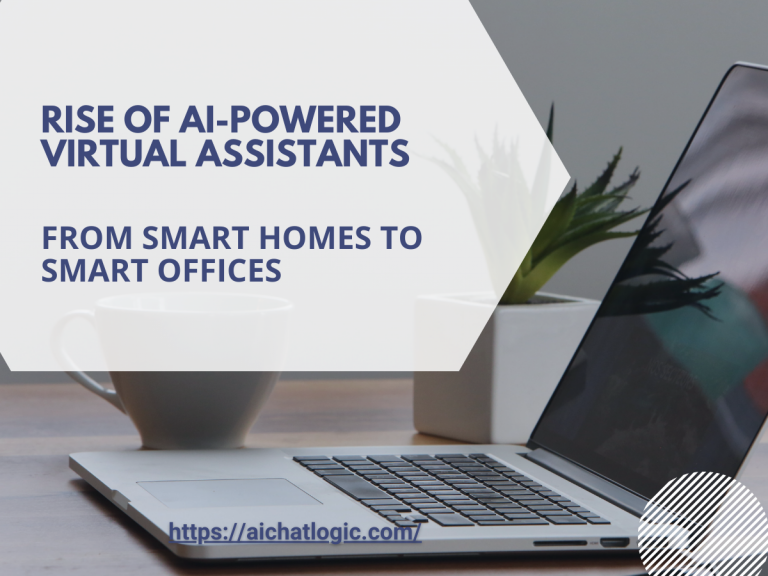
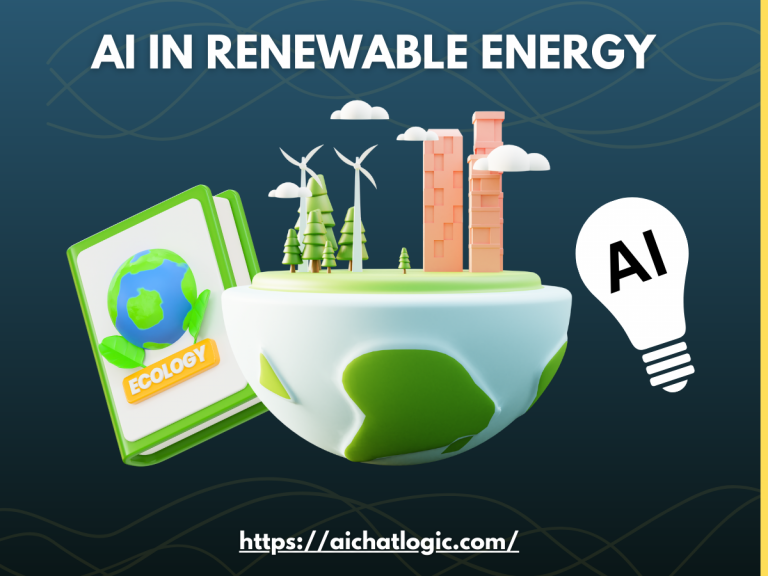


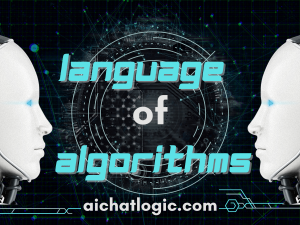

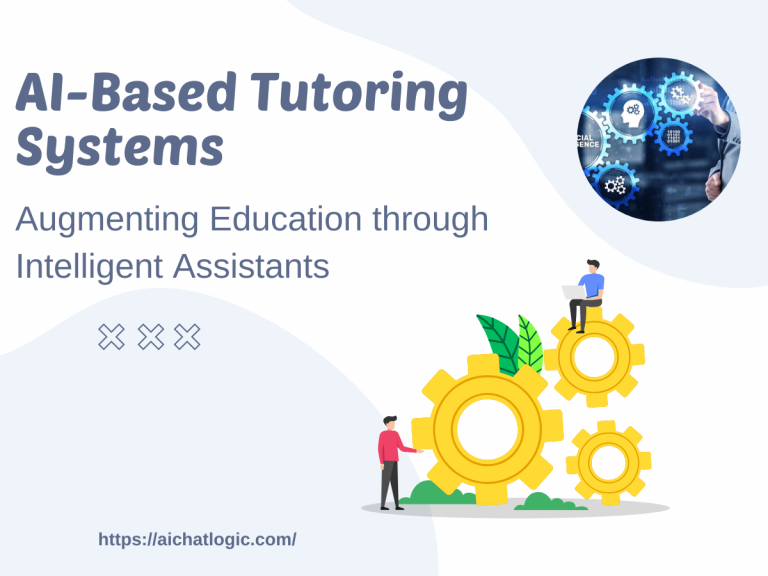
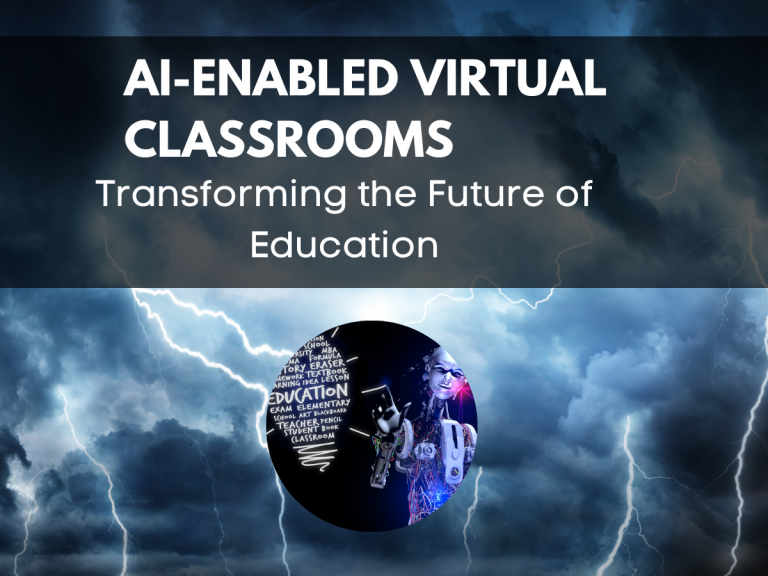

+ There are no comments
Add yours